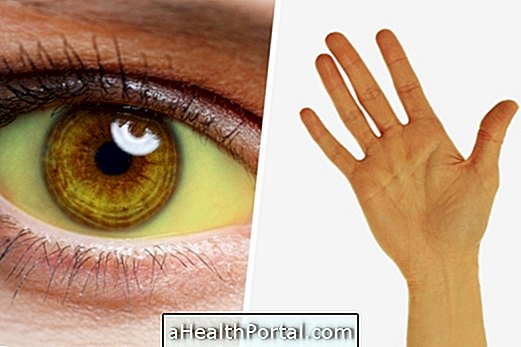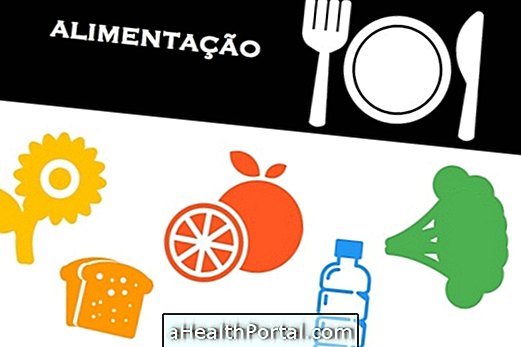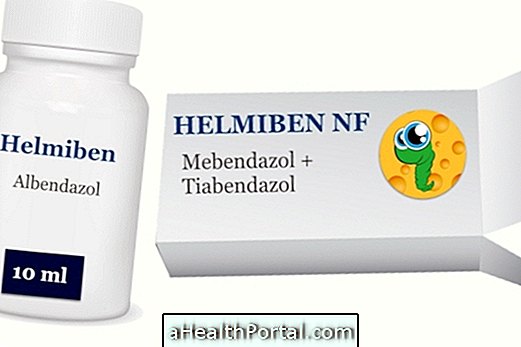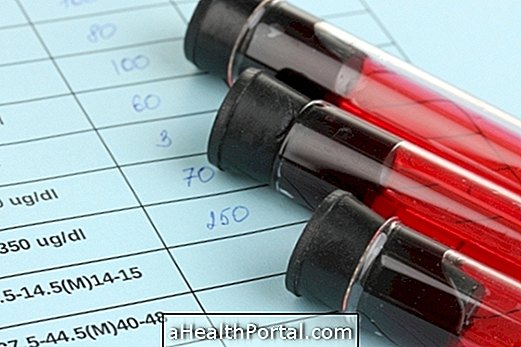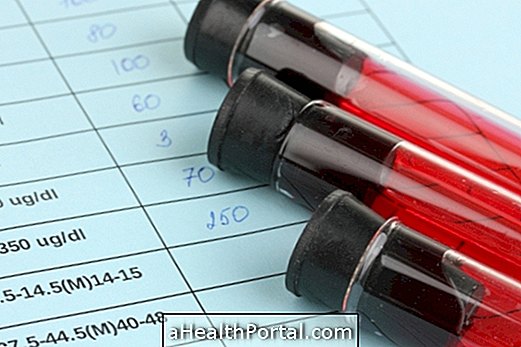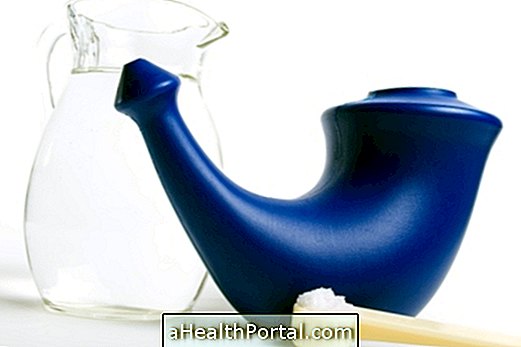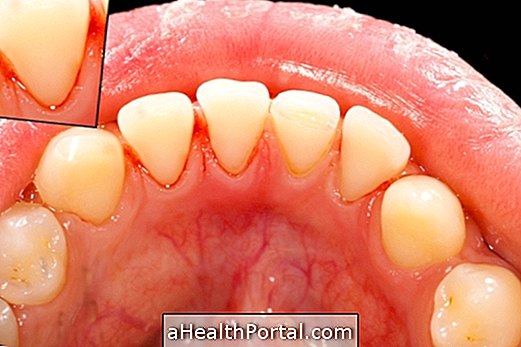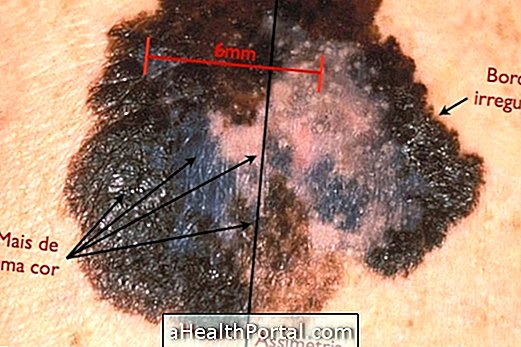The types of gastritis are classified according to their duration, the cause of the disease and the location of the stomach that is reached. The treatment for gastritis varies according to the cause of the disease, but always involves changes in eating habits, reducing fat and pepper consumption, practicing physical activity and stopping smoking and consuming alcoholic beverages.
In general, the symptoms of gastritis are stomach pain, burning, heartburn, poor digestion, full stomach feeling, nausea and vomiting.

1. Acute gastritis
Acute gastritis is mainly caused by the presence of Helicobacter pylori bacteria in the stomach, which can cause the following symptoms:
- Pain;
- Nausea;
- Vomiting, which has a sudden onset;
- Unwell.
In addition, the burning sensation in the stomach is common. Learn more about the causes and symptoms of gastritis.
What to do: The treatment of acute gastritis is done with the use of antacid medications, such as Pepsamar, antibiotics, as well as changes in eating habits and physical activity. When untreated, acute gastritis can progress to chronic gastritis. Learn more about the treatment for gastritis.
2. Gastritis Nervosa
Nerve gastritis mainly affects women and arises in situations of irritability, fear and anxiety. Its symptoms are similar to those of classical gastritis, characterized by:
- Heartburn;
- Feeling of full stomach;
- Frequent seizures;
- Vomiting.
Nerve gastritis symptoms can appear at any time, being more intense in periods of stress or anxiety, for example. Learn more about gastritis nervosa.
What to do: Nerve gastritis treatment is done with the use of antacids, calming medicines, changes in diet and physical activity, which helps reduce stress and nervousness. In addition, natural calming agents can be used to treat this type of gastritis, such as chamomile tea, passionflower blossom and lavender. Learn about treatment for gastritis nerve.

3. Chronic Gastritis
Chronic gastritis is characterized by a prolonged duration of symptoms of gastritis, with progressive increase of inflammation of the stomach wall. In the early stage, it is called superficial or mild gastritis, when only the outermost part of the stomach wall is reached, while the final stage is termed gastric atrophy, in which the stomach wall is almost completely destroyed, to progress to cancer. See more about chronic gastritis classification.
The main symptoms of chronic gastritis are:
- Burning sensation in the stomach;
- Malaise;
- Indigestion;
- Gases;
- Abdominal swelling;
- Vomiting.
In addition, due to the damage to the stomach wall, there may still be ulcers, which can be quite painful. Get to know other symptoms of chronic gastritis.
What to do: The treatment of chronic gastritis is done through antacid medications and gastric protectors, such as Omeprazole, proper diet, and antibiotics if the cause of gastritis is H. pylori bacteria. It is also common to take vitamin B12 supplements, as chronic gastritis can cause anemia due to deficiencies in this vitamin. Find out what are the remedies for gastritis.
4. Enantematosa Gastritis
Dengue gastritis is when there is inflammation in a deeper layer of the stomach wall, and may arise due to infection by bacteria, autoimmune diseases, alcoholism or frequent use of medications such as aspirin or anti-inflammatory.
The main symptoms of enantiomatous gastritis are similar to those of other types of gastritis, such as:
- Indigestion;
- Frequent gas and belching;
- Malaise;
- Vomiting.
What to do: The treatment for this type of gastritis is made with antacid medicines and a diet low in fats, sweets and caffeine. See more about enantematosa gastritis.
5. Eosinophilic Gastritis
Eosinophilic gastritis is characterized by an increase of immune cells in the stomach, causing inflammation and symptoms such as heartburn, nausea and vomiting, being more common in people with a history of allergies.
What to do: The treatment for eosinophilic gastritis is done with the use of corticoid medicines, such as Prednisolone.

